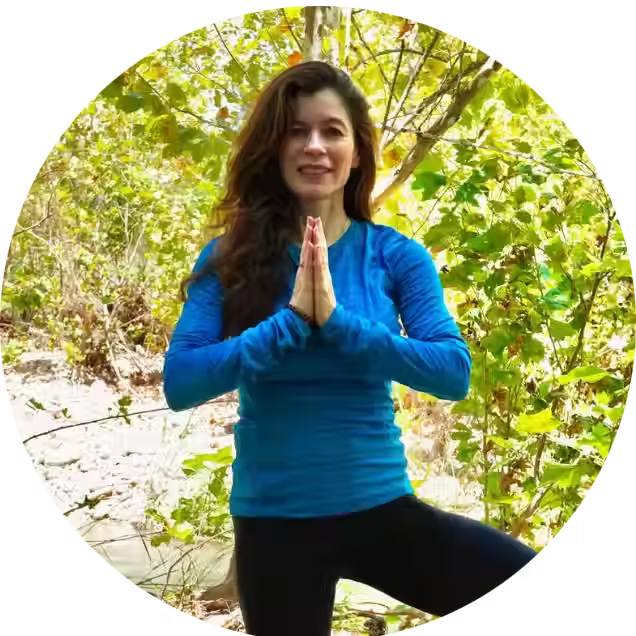Finding the Joy of Adar
- Susan Kaplow
- Mar 2, 2023
- 3 min read
The z’man, the invitation, for the month of Adar is to work on increasing joy. During AJS’s
Adar Mini-Retreat, we studied texts that connect joy to the holiday of Purim, with the “light and joy, happiness and honor” (Esther 8:16) the Jewish people enjoyed after the defeat of Haman. The Hasidic texts presented by R. Daniel taught that simcha (joy) is necessary in order to pray properly and to attain a connection with the Divine.
Rabbi Nachman, himself plagued by bouts of despair, was unequivocal on this necessity:
“It is a great mitzvah to always be joyful! And to overcome and distance oneself from sadness and bitter depression with all of one’s strength.” ( Likutei Moharan 2:24) Many retreat participants, myself included, found the commandment to be always joyful both puzzling and unattainable. Given personal and worldwide difficulties, how could anyone always be joyful?
One of our participants, Susan Rubenstein, told us of a personal situation that made R. Nachman’s instructions particularly bewildering. Her brother had recently died and she was deeply grieving his loss. How could joy possibly reside alongside her grief? she wondered. After a break in the discussion for a period of meditation, Susan came back to us to say: “Memory! That’s what brings me joy. I remember my brother’s loud and infectious laugh and that is joyful.”
When Susan said “memory,” I thought of our traditional response to mourners: “Zikaron l’vracha. May his/her memory be for a blessing.” And my own memory took me back years to the first shabbat after my mother’s death. I was in a small havurah in shul. Before we said kaddish, the rabbi, Deborah Gordon, asked my mother’s Hebrew name and said: “May the memory of Chana bat Sima be for a blessing.”

I was stunned into silence. My mother’s last years had been filled with anger and bitterness directed at herself and those around her, including me. In the decades before that, she’d cut ties with me and my sister and moved from Philadelphia to Jerusalem without letting us know. She’d also rejected artwork I’d made for her, criticizing the stitches of my needlework and appliqués. I moved heaven and earth to find and reconnect with my mother. One afternoon, on a visit to her Giva Tzarfatit (French Hill) apartment, I was hemming a new textile piece. Suddenly she grabbed the work from my hands, sighing: “All those stitches need to be ripped out. Let me do it.”
These hurts welled up in me and because I trusted the rabbi and the group, I admitted: “Her memory is not for a blessing.” Rabbi Gordon paused for a long moment, then replied: “May you be in the process of her memory becoming a blessing.” In the months and years that followed, the rabbi’s words served as my guide through the welter of difficult memories and hard feelings. I thought about my mother’s burdens as the oldest child of an immigrant family. I considered the difficulties of her marriage to my deaf father. I reflected on how frustrated this super intelligent woman must have been as her professional aspirations were stymied by sexism.
Then one night I had a joy-filled dream. My mother and I were in her sewing room in the house where I grew up. She was showing me how to use her complicated sewing machine, which I was never allowed to touch in real life. Then she took out box after box filled with spools of thread, skeins of wool and needlepoint canvases. “I’m showing you where everything is so you can find it when you need it,” she said. When I woke up I felt a deep joy that still brings tears to my eyes. Not only had my own soul been cleansed with forgiveness, it seemed the same had happened to my mother’s.
I knew for sure that things had changed the first time I flubbed a needlework stitch and I heard my mother’s voice whisper, very gently: “Rip out that stitch. I know you can make a more beautiful one.” Not only had her memory become a blessing but her words of encouragement continue to support my art-making to this day. Now I know the real essence of my mother, freed in olam ha-ba from her earthly limitations.
Rabbi Gordon’s instructions had been an invitation to joy. I am so grateful to have been willing and guided to accept. Now I understand Rabbi Nachman’s “always be joyful” as “always be in the process of becoming joyful.” Kayn yehi ratzon.

-----
Susan Kaplow is a visual artist in NYC. Her work can be seen on her website: susankaplow.com.




Comments